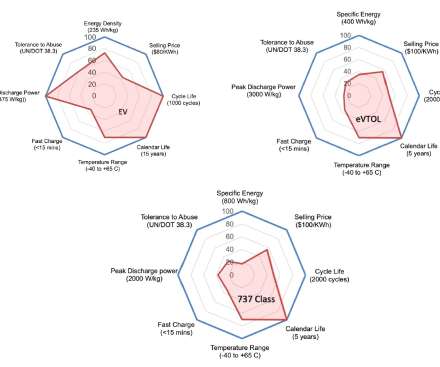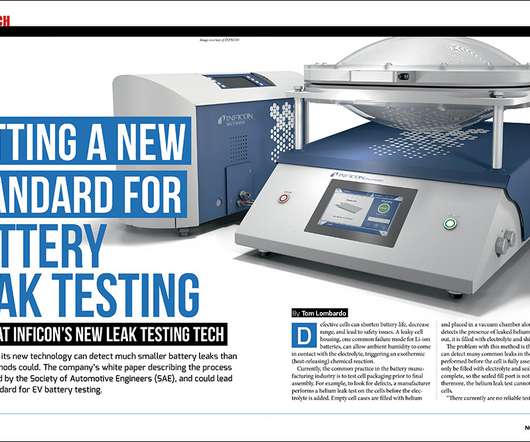SoCal Edison white paper shares data about PEV usage and charging
Green Car Congress
AUGUST 6, 2013
Southern California Edison (SCE) released a white paper summarizing learnings from its Electric Vehicle (EV) readiness program. Because California leads the nation in EV adoption, other utilities and stakeholders in the auto industry may find the information from the white paper useful, SCE suggested.












Let's personalize your content